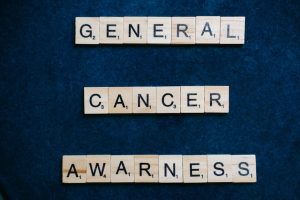In a world where convenience often trumps caution, plastics have woven themselves into the very fabric of our daily lives. From the water bottles we sip from to the containers we store our food in, these synthetic materials are almost inescapable. Yet, beneath the surface of their utility lies a troubling reality that many of us are unaware of, as the potential health risks associated with plastic exposure continue to surface, revealing a hidden danger lurking in our homes.
As we go about our busy lives, it’s easy to dismiss the warnings about plastic use as mere hype. But recent studies have begun to illuminate the darker side of this ubiquitous material, sparking concern among health experts and environmentalists alike. The truth is that the convenience of plastic comes at a cost, and understanding the implications of our reliance on these materials is crucial for safeguarding our health and the planet.
One of the most alarming aspects of plastic is its chemical composition. Many plastics contain harmful additives such as phthalates and bisphenol A (BPA), which are known to disrupt hormonal balances in the body. These endocrine disruptors have been linked to a range of health issues, from reproductive problems to developmental disorders in children. As plastics break down over time, they can leach these toxic substances into the food and beverages we consume, raising serious questions about the long-term effects on our health.
Moreover, the environmental impact of plastic waste cannot be overstated. Millions of tons of plastic end up in oceans and landfills each year, posing a grave threat to wildlife and ecosystems. Marine animals often mistake plastic for food, leading to fatal consequences. The Great Pacific Garbage Patch, a massive accumulation of plastic debris, serves as a haunting reminder of our throwaway culture and its repercussions. As we witness the degradation of our natural world, the urgency to address plastic pollution has never been more pressing.
In response to these alarming realities, a wave of hope is emerging from communities and innovators alike. Many are taking action by advocating for sustainable alternatives to plastic, such as biodegradable materials and reusable products. Local initiatives aimed at reducing single-use plastics are gaining momentum, with cities around the world implementing bans on plastic bags and straws. These efforts not only help to mitigate the dangers associated with plastic but also foster a sense of collective responsibility toward a healthier planet.
As we reflect on our relationship with plastic, it becomes evident that change is not only necessary but possible. By making informed choices about the products we use and supporting initiatives that prioritize sustainability, we can contribute to a brighter future. The journey toward a plastic-free world may be daunting, but with each small step we take, we can create a ripple effect that inspires others to join the cause.
In conclusion, the hidden dangers of everyday plastics are a call to action for all of us. While the challenges may seem overwhelming, the collective efforts of individuals, communities, and organizations offer a glimmer of hope. By educating ourselves and advocating for change, we can protect our health and the environment for generations to come. Let us not wait for the damage to become irreversible; instead, let us embrace the opportunity to create a safer, more sustainable world together.



